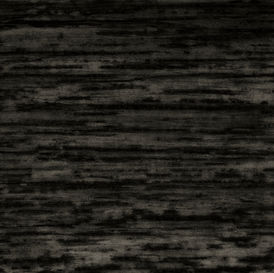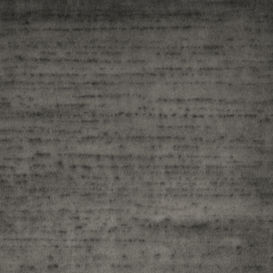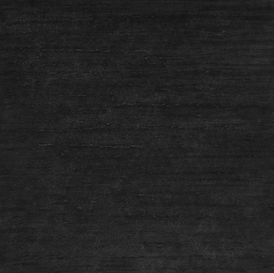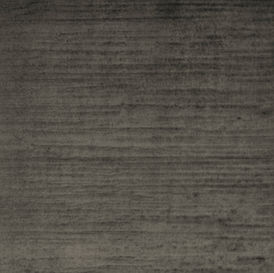top of page
frottage 1998-2025
burnished surface series 1 | 2 | 3 | 4 and the rub.

burnished surface series
1 | 2 | 3 and the rub i-iv
64 frotage frottage each of 30x30 cm.
graphite on paper
graphite on charcoal
charcoal on paper
charcoal on charcoal
Using gesso as paint, I make a template that hardens to become the plate. I adopt repetition and limit my materials to charcoal and oil, rubbing, polishing, and burnishing them into the surface with the Venus mount of my hand. Each piece is made in the same way, but many variations such as rhythm, pressure, speed of my movement, and how I use the materials dictate the result.

burnished surface series 4

bottom of page



























